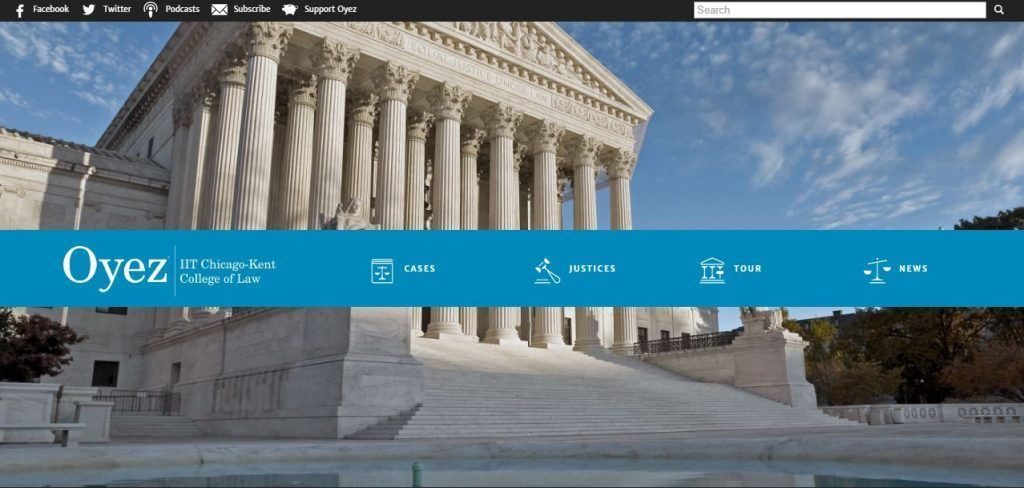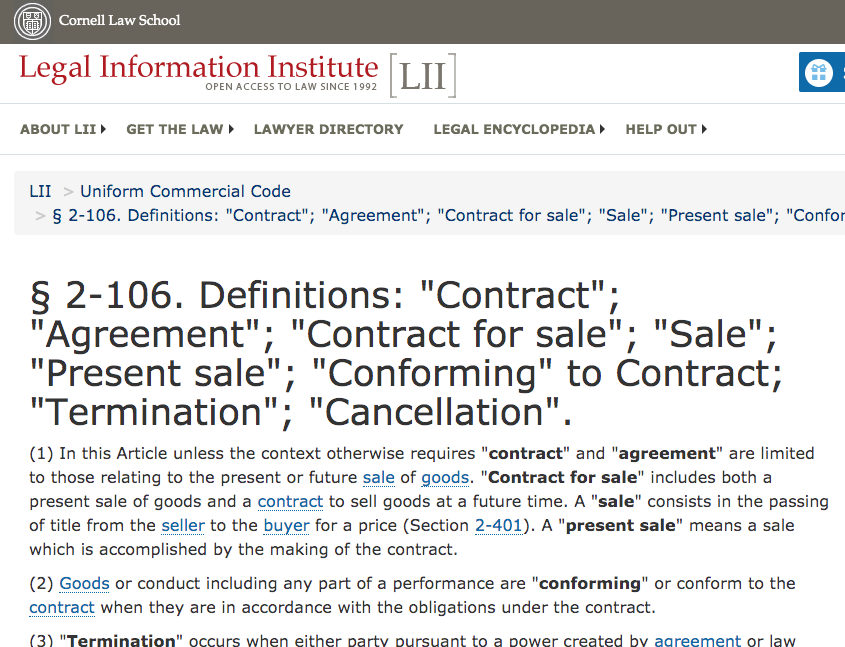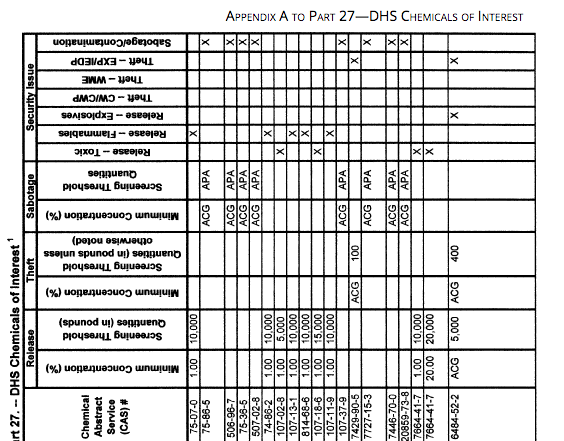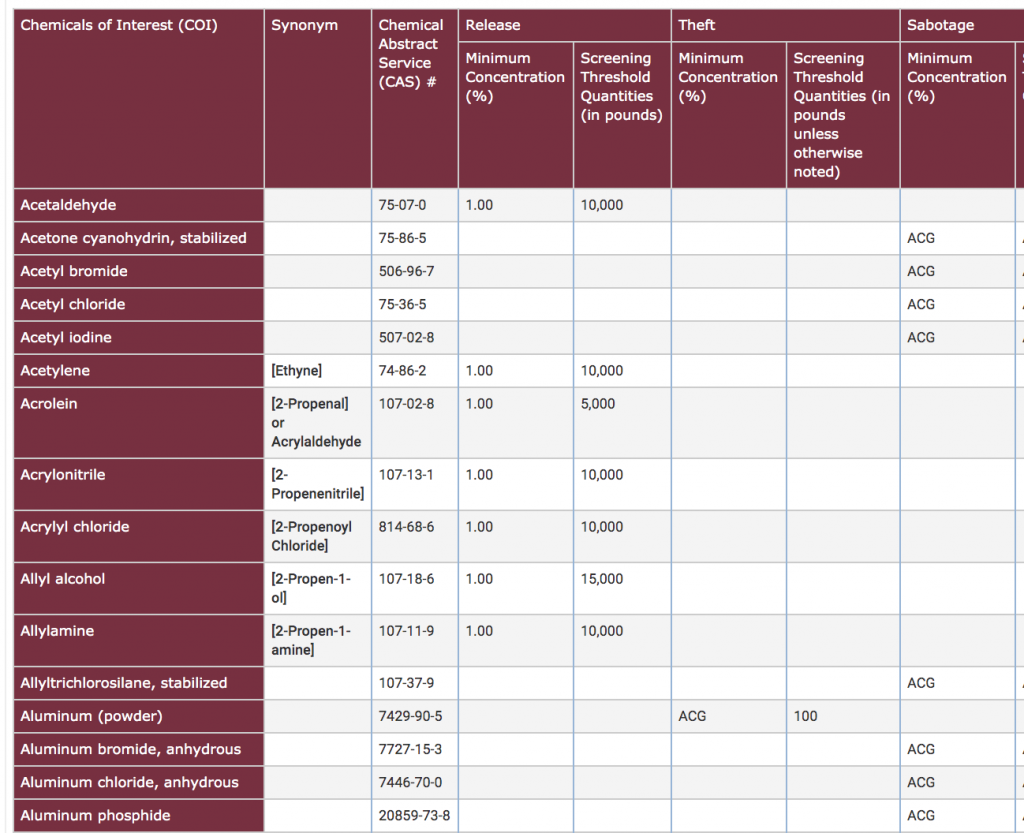Anatomy of Traffic Spike (Marital Strife Edition)
In our last newsletter, we told the story of a traffic spike to 18 USC §2074 caused by a particularly curious hurricane map. Response to that story was such that we’ve made “Anatomy of a Traffic Spike” a regular feature in our quasi-regular newsletters!
This edition takes us about as far away from the US Code as you can get on our website–to the (largely) student-authored original content found in our Wex collection. News stories like this one in early October told of a North Carolina man who was awarded $750,000 when he successfully sued his ex-wife’s lover for alienation of affections.
When we looked at how our (very short) Wex article “Alienation of Affections” was performing during that time, we saw something we don’t see very often: the “?” symbol. An infinite number of people viewed that article compared to the same week in 2018.
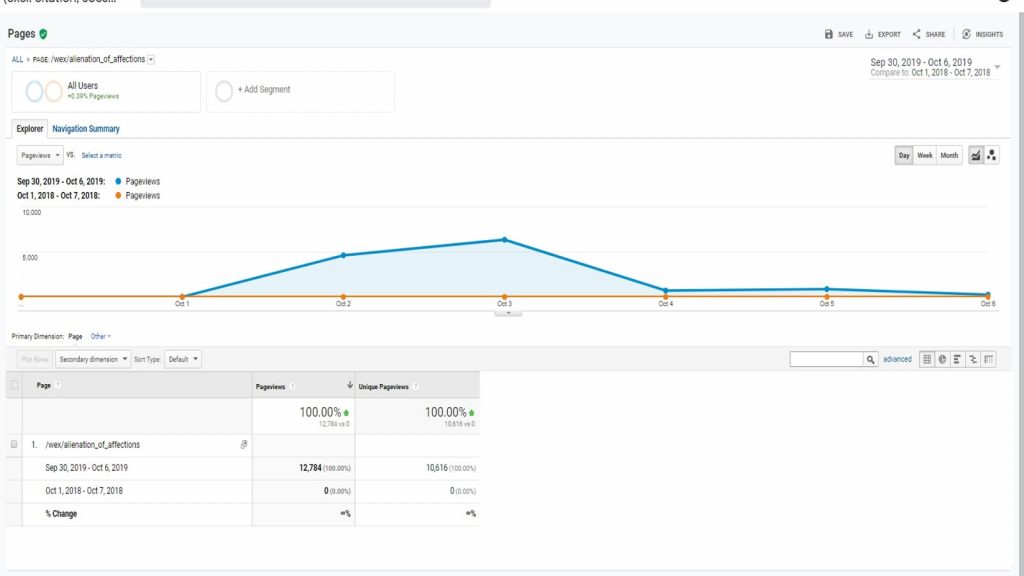
A page that literally no one was interested in 12 months ago became our single most popular Wex page on October 2nd and 3rd, with close to 11,000 views. In fact, it was the second most popular page on the entire website for those two days, behind only 52 USC §30121 (“Contributions and donations by foreign nationals”- must be a reason that was trending, too…).
The direct links like the one in the CNN story we’ve linked to above certainly helped, but (as usual) a lot of the traffic came straight from people using their favorite search engine to learn about something new to them.
As usual, that leads us back to talking about the technology that goes into everything we do. Because our web pages load fast, feature clean markup, and are widely linked to from all around the internet, search engines tend to recognize our work as top-quality and to suggest our pages over other available resources. That means folks looking for, say, a working definition of “alienation of affections” wind up getting our straightforward Wex entry and not a page offered by someone with an axe to grind, and agenda to advance, or a product or service to sell.
Between our primary resources like the US Code or CFR and our original content like Wex and the Supreme Court Bulletin Previews, we do our best to cover the field and ensure that when the public comes to our website to learn about the law, we’ll have it there no matter what topic has captured the limelight. And, when that happens, you’ll read it about here.



